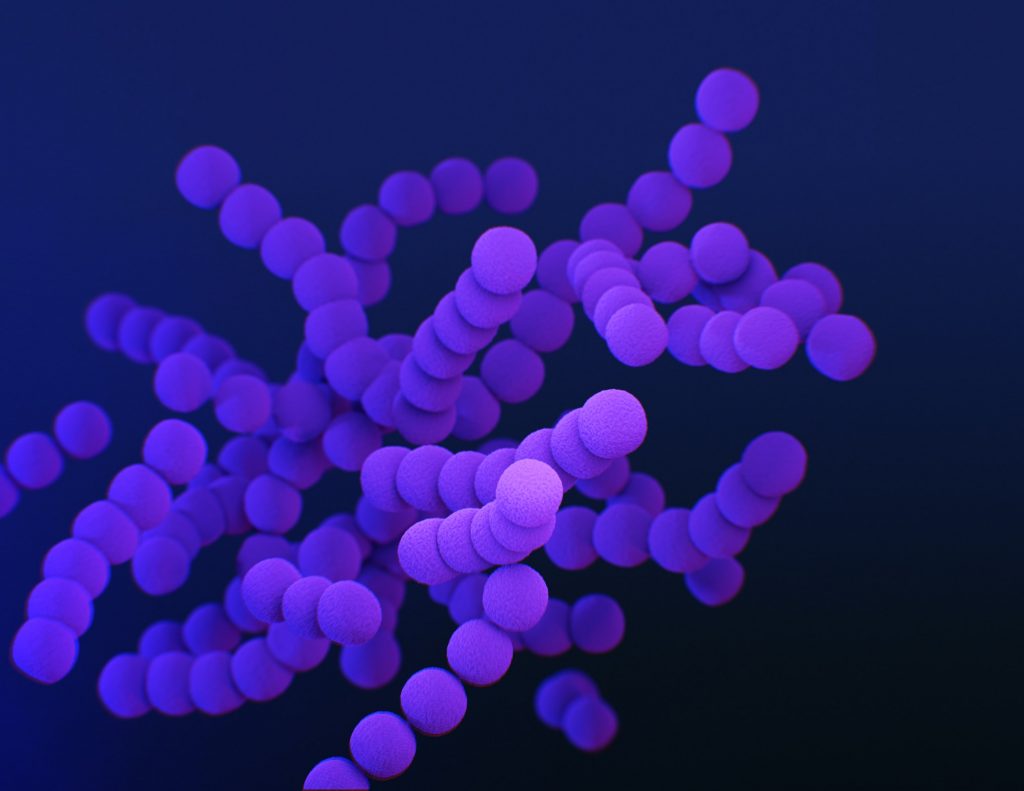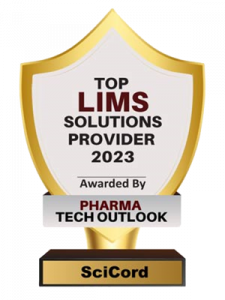LIMS and ELN
Advantages of LIMS and ELN Implementations
Laboratory Information Management Systems (LIMS) and Electronic Laboratory Notebooks (ELN) offer several advantages when integrated into environmental monitoring practices within pharmaceutical formulations and manufacturing industries:
Streamlined Data Management: Both LIMS and ELN systems provide centralized platforms for efficient data storage and retrieval. LIMS ensures that critical data is readily accessible, reducing the time and effort required for data retrieval, while ELN replaces paper-based records with digital, searchable formats, enhancing data recording and management.
Data Accuracy and Integrity: LIMS and ELN systems enhance data accuracy and integrity. LIMS enforces data integrity through features like audit trails and electronic signatures, reducing the risk of errors and data manipulation. ELNs support real-time data entry, reducing the chances of transcription errors and ensuring that recorded data is accurate and up-to-date.
Regulatory Compliance: LIMS and ELN systems can be configured to align with regulatory requirements, facilitating compliance with environmental monitoring regulations. They enable the creation of compliant reports and documentation and can include checklists and templates to ensure that environmental monitoring procedures adhere to regulatory guidelines.
Enhanced Data Analysis: Both systems provide tools for data analysis, enabling organizations to gain deeper insights from their environmental monitoring data. They support trend analysis, statistical reporting, and efficient data analytics, aiding in proactive decision-making.
Collaboration and Knowledge Sharing: LIMS and ELN systems foster collaboration by allowing multiple teams and stakeholders to access and contribute to environmental monitoring data. They promote cross-functional communication and knowledge sharing.
Improved Efficiency and Productivity: LIMS and ELN systems automate routine tasks, reducing manual data entry and administrative overhead. This leads to improved efficiency and faster response times. Researchers can allocate more time to research and analysis, increasing overall productivity.
Data Security and Accessibility: Both systems offer robust data security measures, including user access controls and data encryption. This ensures that sensitive environmental monitoring data is protected from unauthorized access, and secure access controls prevent data breaches.
Scalability and Flexibility: LIMS and ELN systems can be scaled and tailored to accommodate the growing data volumes and evolving research requirements associated with environmental monitoring projects. They adapt to changing laboratory and research needs.
Cost Savings: While initial implementations of LIMS and ELN may involve investments, they can lead to significant cost savings in the long run. These systems reduce manual labor, minimize errors, and improve operational efficiency. ELN implementations also offer cost savings through reduced paper and storage costs while contributing to research efficiency, potentially accelerating time-to-market for pharmaceutical and manufacturing products.
In summary, the integration of LIMS and ELN systems into environmental monitoring practices provides organizations with a powerful suite of tools to enhance data management, integrity, and compliance, while also promoting collaboration, efficiency, and cost savings. These systems contribute to a holistic approach to environmental monitoring, strengthening the organization’s commitment to quality, compliance, and sustainability.




